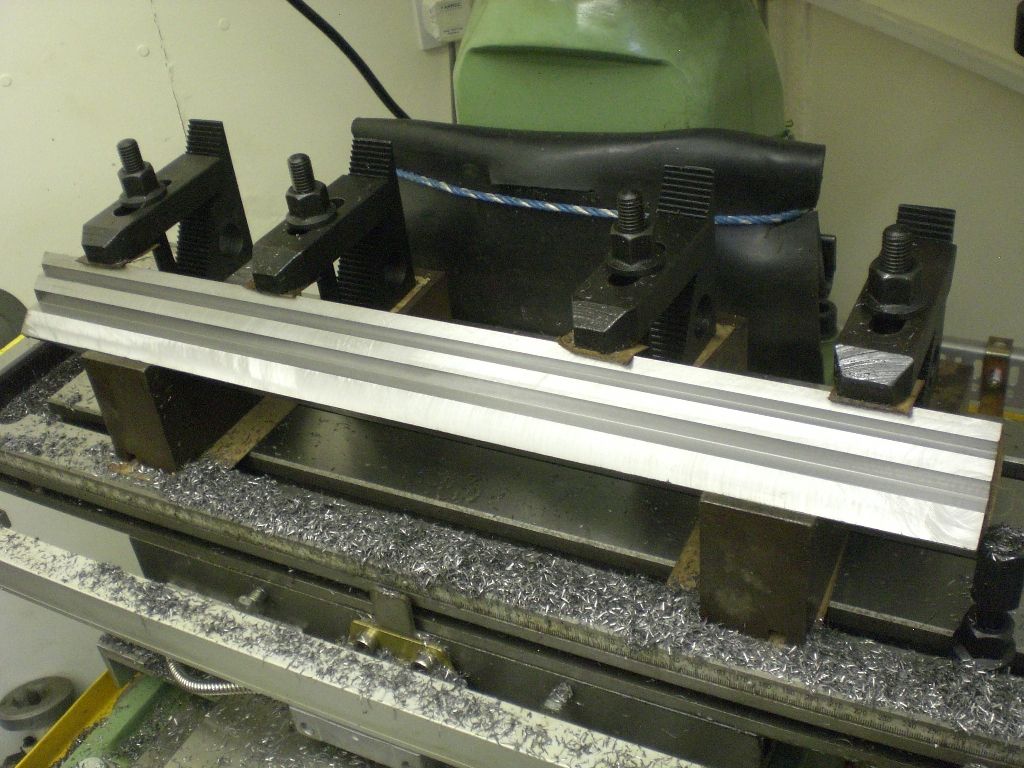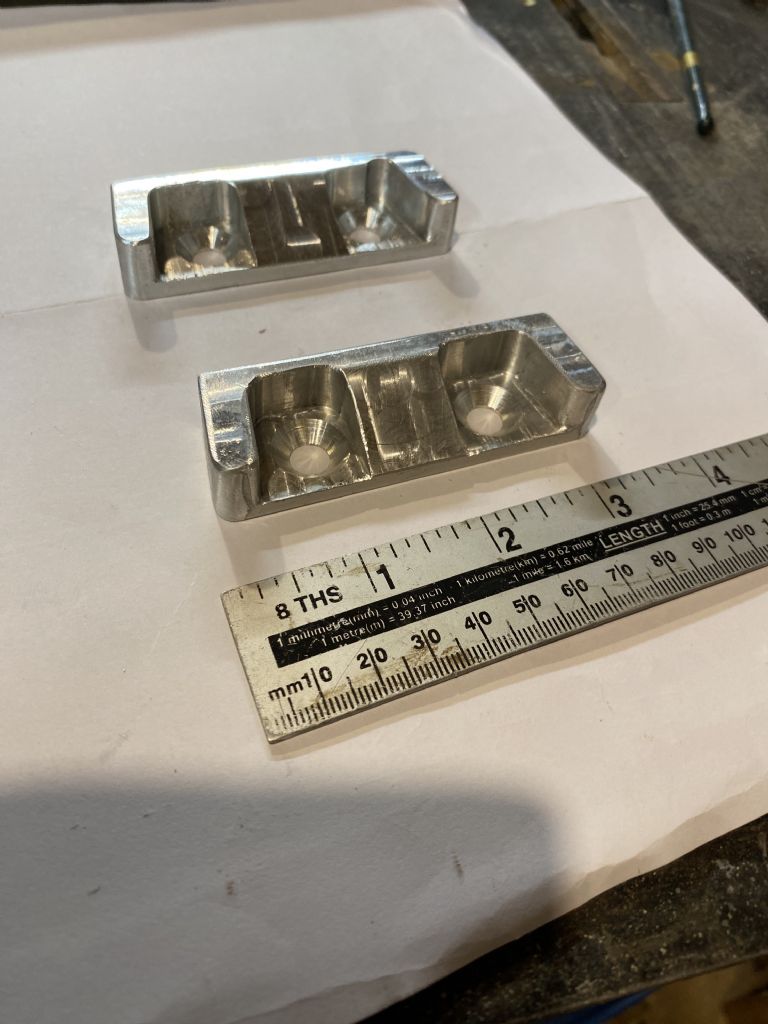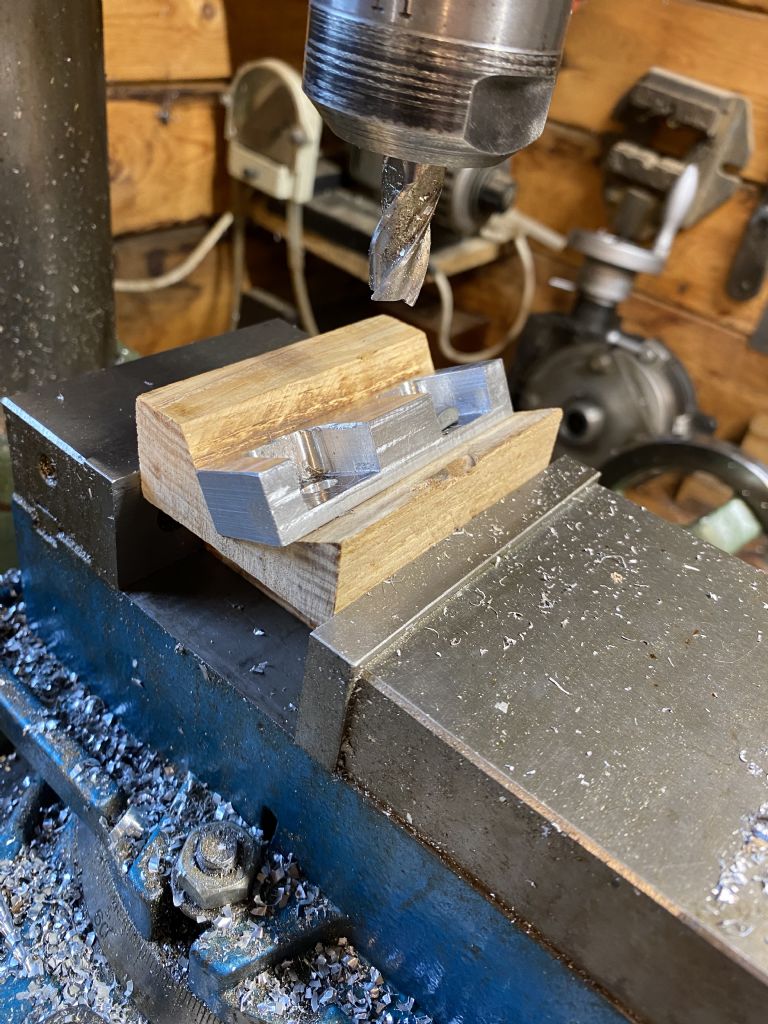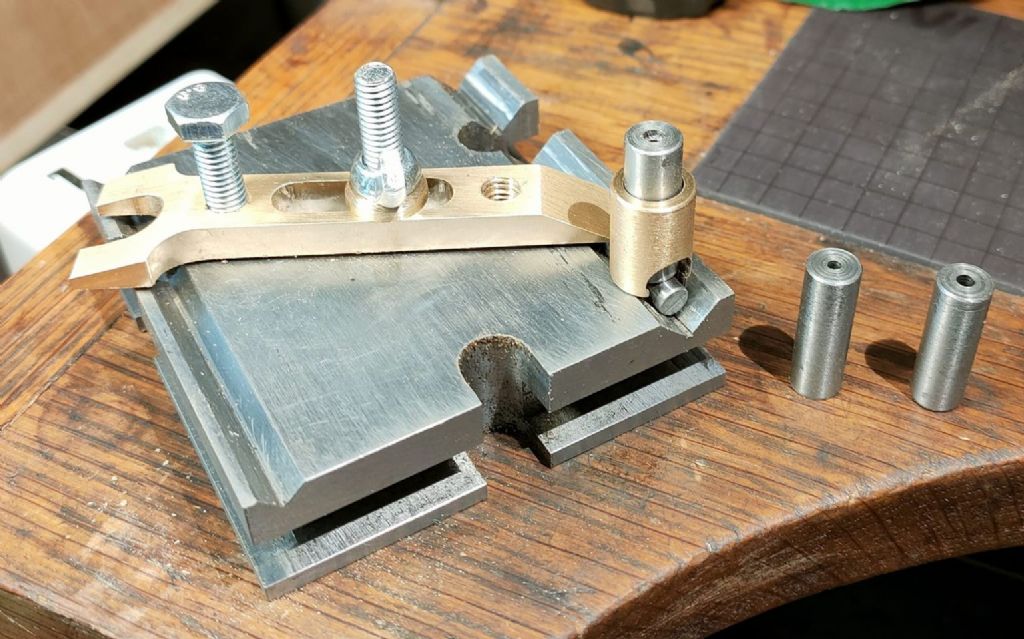cutting a v grove in iron
cutting a v grove in iron
- This topic has 24 replies, 17 voices, and was last updated 20 June 2023 at 21:51 by
IanT.
Viewing 25 posts - 1 through 25 (of 25 total)
Viewing 25 posts - 1 through 25 (of 25 total)
- Please log in to reply to this topic. Registering is free and easy using the links on the menu at the top of this page.
Latest Replies
Viewing 25 topics - 1 through 25 (of 25 total)
-
- Topic
- Voices
- Last Post
Viewing 25 topics - 1 through 25 (of 25 total)
Latest Issue
Newsletter Sign-up
Latest Replies









